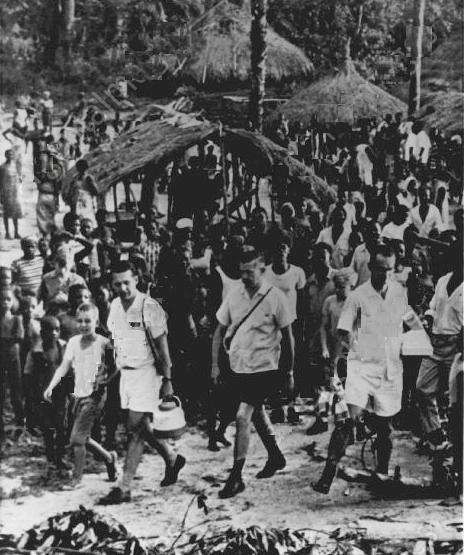
Figure 1.-- In the chaos of the Congo, Westerners were often see as spies, even desperately needed medical personnel involved in humanitarian missions. The press caption here read, "Charged with Spying: Dr. Paul Carson, American holding unidentified boy's hand at left, has been charged with being a spy. A rebel broadcast from Stanleyville said he was to be executed today. With him in th cillage of Dibangi in the Congo, where they gave polioo shots this summer, were Dr, Robert Etherington, center, and Dr. Philip Littleford, right. The photograph was dated November 16, 1964. |

